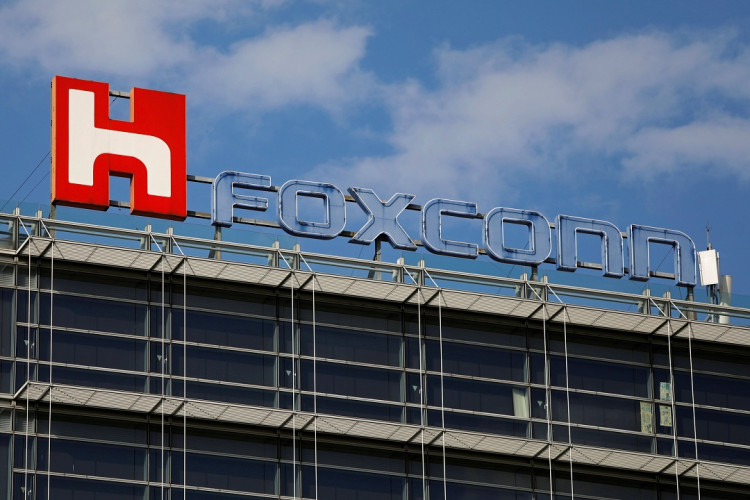In a significant turn of events for the technology manufacturing giant Foxconn Group, also known as "Hon Hai Technology Group," recent reports from the "Global Times" have disclosed ongoing tax audits and land use investigations into the company's subsidiaries in China.
This development has prompted a swift response from Foxconn, asserting its dedication to legal compliance and full cooperation with authorities. The news has sent ripples through the stock market, affecting shares of its A-share listed subsidiary, Industrial Fortune Union, which experienced a marked decline following the announcement.
The investigation, which has reportedly focused on Foxconn's key enterprises in Guangdong and Jiangsu for tax audits and scrutinized land use in Henan and Hubei, has underscored the expansive footprint of Foxconn in China.
Since its first foray into mainland China in 1988, Foxconn has established a vast network of over 30 technology industrial parks across regions including the Pearl River Delta, Yangtze River Delta, and Northeast, among others. The company's symbiotic relationship with local governments and its substantial impact on regional development have been well-documented, particularly in places like Zhengzhou in Henan, known for its large-scale Foxconn Science Park.
However, the investigations into Foxconn's operations have cast a shadow over the company's massive influence and the broader implications of what some have termed the "Foxconn Dependence Syndrome." This term highlights the potential risks and pitfalls of local economies heavily reliant on a single enterprise, including concerns about sustainability, technological competitiveness, and the cost of attracting such investments.
The case of Henan, for instance, showcases the significant concessions and investments made by the local government to secure Foxconn's presence, a strategy that has been both lauded for spurring development and criticized for its potential long-term implications.
As Foxconn navigates this challenging period marked by regulatory scrutiny and market turbulence, the company's saga is reflective of broader themes in China's technological and manufacturing landscape. The investigations serve as a reminder of the intricate balance between fostering foreign investment and ensuring regulatory compliance. They also highlight the need for diversifying economic reliance and fostering indigenous technological capabilities as labor costs rise and China continues to assert its position on the global stage.
As the story unfolds, the industry and stakeholders will be keenly watching how Foxconn adapts to these challenges and what the future holds for its expansive operations in China. The outcome will not only determine the trajectory for Foxconn but also set precedents and lessons for other multinational corporations operating within the country's dynamic and evolving regulatory environment.




